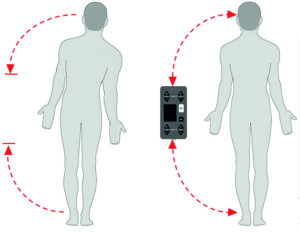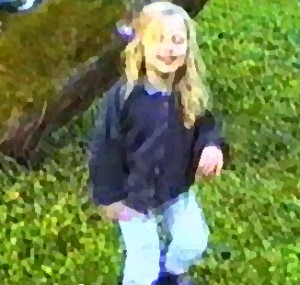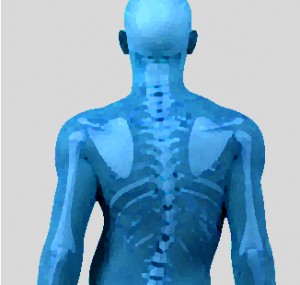The ReMoD V5.0 Type 1* Walking Aid
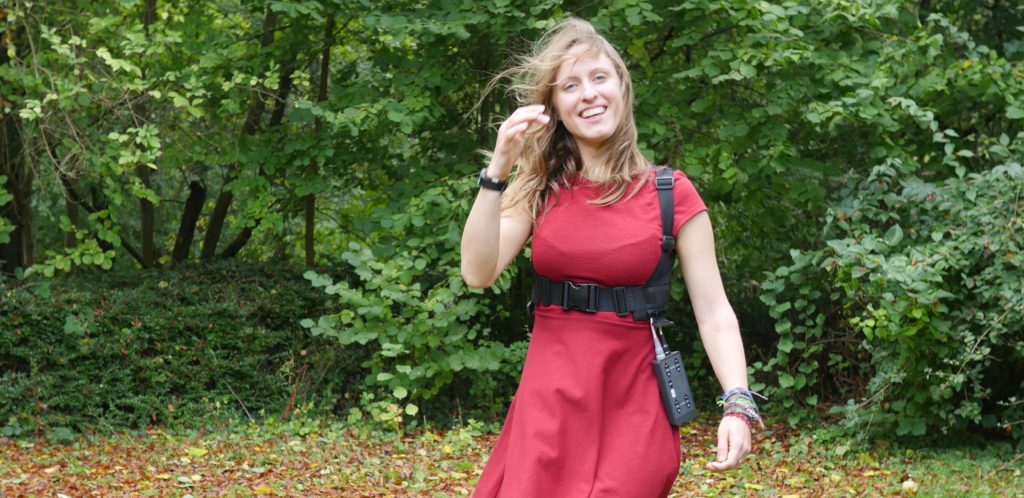

The electronic walking aid ReMoD V5.0 Type 1 supports the proprioception of patients with neurological diseases.
ReMoD V5.0 Type 1 is a patented walking aid for posture and movement control of patients with neurological posture disorders.
The biofeedback process of the same name developed by ReMoD UG provides the necessary information for proprioception, i.e. the information on the perception of body movement and position in space and their position to one another. It is information that patients with vestibular disorders or hemiparesis patients lack, yet it is indispensable. As soon as the user takes the wrong posture, the device will give him a signal that prompts him to correct the posture independently.
Why is a Correct Body Posture Important?
A functioning postural motor is the prerequisite for all goal-directed movements, such as lifting one’s foot when walking or avoiding a stone in one’s way. The precise alignment of the upper body (passenger) above the lower limbs (locomotor) is the central requirement for a biomechanically-optimal, energy-saving movement.
The neurophysiological basis for this movement is the interaction of specific muscle groups with sensory and nerve cells, needed to provide a stable posture. Their control circuits run in both the spinal cord and the brainstem. If this sensory input is reduced, the vestibular performance drastically decreases. Patients with a permanently-reduced sensory input therefore have a much worse balance performance than people without this disorder, which increases the risk of falling. This is particularly the case when the balance organs have been damaged, or when the patient’s proprioception or visual input is worsened.
The possible consequences of a changed gait pattern are summarised below:
- Risk of falling
- Excessive energy consumption due to unnatural movements
- Negative long-term effects on the musculoskeletal system
- Social and psychological consequences
Vestibular Disorders and their Consequences
All movements of the body are controlled by the brain. During a cerebral haemorrhage, for example, central nerve tracts are severely damaged. As a result, the patient is unable to control certain parts of the body; movements are limited. A long-term, effective therapy hitherto did not exist, and the possible results of intensive physiotherapy tend not to be long-lasting.
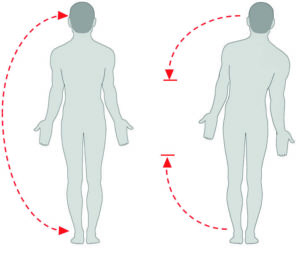
For those affected, this leads to serious problems within the musculoskeletal system, due to poor body posture.
The unilateral strain on individual muscles, joints and the spine is painful and causes permanent, irreversible damage to the musculoskeletal system. In the long term, this can lead to the patient becoming wheelchair-bound. Another problem is that the increasing immobility accelerates the onset of a steadily-increasing spasticity.
How does the ReMoD V5.0 work?
The ReMoD V5.0 walking aid, developed by the eponymous company, ReMoD, provides additional information about personal proprioception to people suffering from movement disorders caused by reduced sensory input. In other words, the ReMoD V5.0 gives a sufferer the information they are unable to perceive about their body’s movement and position in space.
During training with the ReMoD, the patient’s movements are measured by means of a device worn on the body. Motion sequences are measured. If the ReMoD V5.0 registers a deviation from a defined ideal posture it will be reported to the patient in real-time via electrostimulation.
The ReMoD thereby supports the communication between the brain and the musculoskeletal system, helping to control the patient’s movements. The patient is finally able to detect movement errors. This enables the patient to correct themselves independently, at the moment of postural error.
By using this biofeedback method, incorrect movements and harmful postures can be largely avoided; joints are spared from excessive stress and muscles are used more evenly. Consequential damage can therefore be significantly reduced.
Photo above: Patient with vestibular disorders (hemiparesis) without the ReMoD (left) and with the ReMoD (right)
University Hospital Virgen Macarena, Departamento de Fisioterapia, Sevilla, Spain, Anja Hochsprung
ReMoD V5.0 – The Perfect Complement to Physiotherapy
The ReMoD V5.0 is portable and can be used in any surrounding. During therapy, the device provides the patient with objective and accurate feedback about the quality of their movement execution in real-time.
In addition, beyond the duration of their respective therapy session, this walking aid can assist the patient to correct their own posture independently, in their everyday life. With the ReMoD V5.0, a therapist gains the means of supporting their patients in a long-term, practical and sustainable way. The ReMoD V5.0 is therefore the perfect complement to physiotherapy.
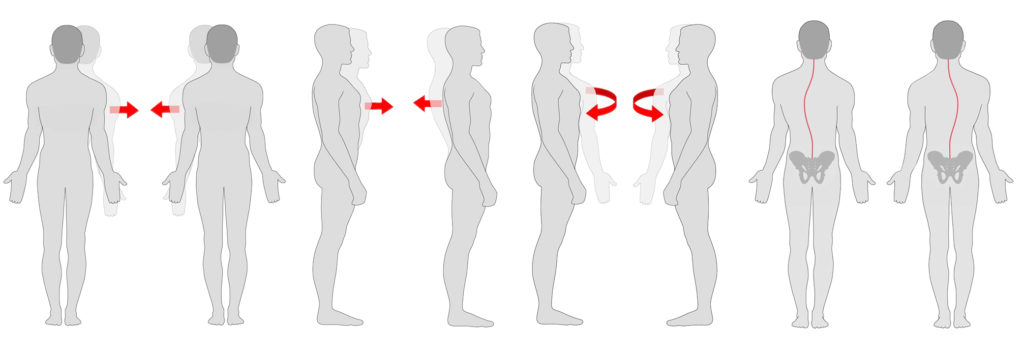
The ReMoD V5.0; Type 1* – Areas of application: vestibular disorders, hemiparesis, scoliosis
In preparation: Walking Aid ReMoD V5.0 Type 2: Areas of application: vestibular disorders, hemiparesis
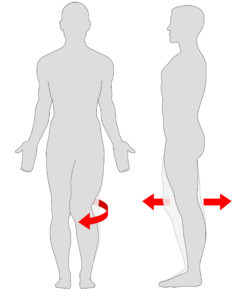
** Important note: The efficacy and safety of the „Walking Aid ReMoD V5.0 Type 2“ has not yet been scientifically proven.
The conformity assessment procedure required for distribution has been initiated. The ReMoD V5.0 Type 2 can only be purchased after compliance is achieved.
![]()
*The medical device with the product name „Walking Aid ReMoD V5.0 Type 1“ complies with the essential requirements of Directive 93/42 EWG, Annex 1. The conformity assessment procedure provided for by the Directive has been carried out.
Areas of Application
The biofeedback method developed by ReMoD corrects not all but many poor postures and movements of the spine. Therefore as a rule it is irrelevant whether this was caused by either bad habits, work or illness related poor posture. Poor posture is harmful and in the worst case scenario can lead to secondary damages that are potentially worse than the cause of the poor posture.
Hemiparesis
ReMoD provides hemiparesis patients with the chance of a sustainable and effective therapy. The aim is self-determination, to be able to live a normal life without pain and without exclusion
Scoliosis
ReMoD offers scoliosis patients an attractive alternative to the conventional fixed corset. This usually involved wearing a rigid corset. The corset does prevent misalignment of the spine but only as long as the corset is worn. In contrast, ReMoD enables the patient to correct his or her posture independently and without recourse to a strait jacket.
For children, the corset also constantly needs to be adapted in accordance with their growth and needs to be replaced often. The ReMoD biofeedback device requires no adjustment. Only the holder (i.e. the vest) needs to be replaced after several years to match body growth.
Work related poor posture
REMOD also serves to prevent and correct poor posture of the spinal column resulting from work.
Furthermore, we are currently testing our walking aid ReMoD V5.0 on further disabilities. More information is following soon.


